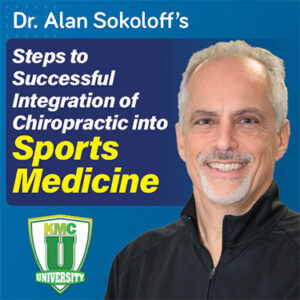Medicare’s Guidance for the PART Process of Identifying a Subluxation
Document in a manner that gets you reimbursed by third-party payers who want to see objectively measurable data. That’s where PART comes in:
P= Pain or Tenderness: Pain elicited during the course of the examination, described in terms of location, quality, and intensity
- Observed facial expressions of pain/discomfort
- Antalgic postures and movements
- Grooming deficiencies that could be due to pain limitations
- Mood
- Overt pain behaviors
- Pain scales
- Pain diagrams and drawings
- Functional questionnaires (outcomes assessments)
- Pain resulting from static palpation
- Pain resulting from motion palpation
- Pain reported duration regional and/or segmental ROM
- Pain reported during physical, orthopedic, neurological and/or chiropractic examination procedures
A= Asymmetry or Misalignment: Asymmetry or misalignment may be described at the regional or segmental level
- Observable regional asymmetry (posture/scoliosis screening)
- Observed local asymmetry (static palpation)
- Antalgic posture
- Gait abnormalities
- Functional or anatomical leg length discrepancies
- Muscle atrophy and asymmetry
R= Range of motion abnormality: Abnormal range of motion, either hypermobility or hypomobility, may be described at the segmental or regional level; instruments that quantify range of motion or estimates are allowable
- Active ROM
- Passive ROM
- Resisted ROM
- Segmental motion palpation
- Joint fixation (hypomobility)
- Joint laxity (hypermobility)
- Joint crepitus
- ROM measuring devices
T= Tissue tone changes: Describe changes in the tone of the soft tissue such as muscles, tendons, fascia, skin, and ligaments.
- Observable hypertonicity, spasm, hypotonicity, and atrophy
- Fasciculations
- Edema
- Bruising, discoloration
- Heat
- Muscle-tendon crepitus
- Muscle weakness
- Heat measuring instruments


Thank you for the recap summary and for your wonderful insight. We're so pleased that we can call the HelpDesk and speak to such knowledgeable responders such as yourself! We've been so grateful for you guys.





